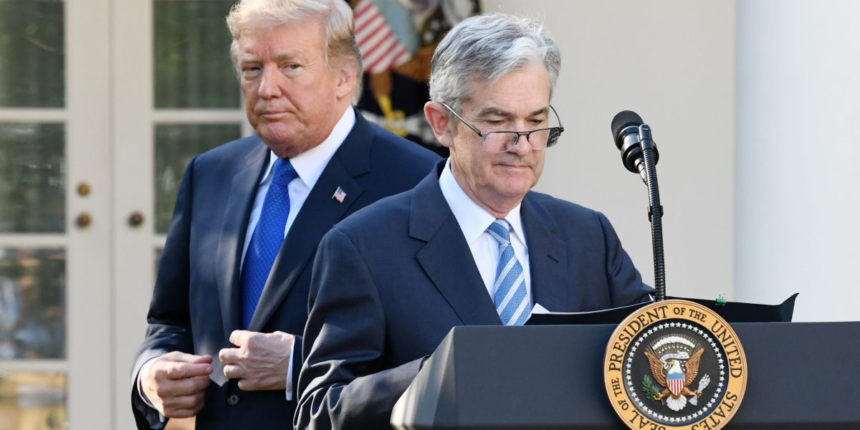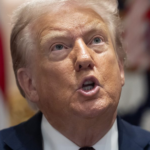Federal Reserve Chair Jerome Powell actually wears two hats: He is chair of the Fed’s Board of Governors and chair of the Federal Open Market Committee.
“By law, the FOMC determines its own internal organization, and by tradition, the FOMC elects the chair of the Board of Governors as its chair and the president of the Federal Reserve Bank of New York as its vice chair,” it says.
Fed policymakers carefully guard the Fed’s reputation for being independent from political pressure. And this is where tradition and the law could diverge, resulting in one person serving as FOMC chair and another as board chair.
Here’s how a hypothetical split could come about:
The FOMC picks its chair at its first meeting of the year. In 2026, that’s scheduled for Jan. 27–28. Only a current member of the FOMC is eligible to be chair.
The FOMC could hold another vote later in the year after a new board chair takes over. But no one can force a revote, according to Robert Eisenbeis, who previously served as director of research at the Atlanta Fed.
It’s customary for the New York Fed president to nominate the board chair as FOMC chair. But again, that’s not a requirement, he told Fortune.
Unless the FOMC decides to hold another vote, the next time they pick a chair would be at the following year’s first meeting in January 2027. And because Powell’s term as governor expires in January 2028, a similar situation could happen in 2027.
“So we end up with a year where somebody’s chairman, who’s not chairman of the FOMC, and there’s a split of monetary responsibility among the participants,” Eisenbeis explained.
Adding more complication to this scenario is that the Board of Governors and the FOMC pull different levers. The FOMC sets the Federal funds rate, which is what Trump has been saying should come down. Meanwhile, the board sets the rate paid to banks on reserves they keep at the Fed and oversees the “discount window,” which can provide liquidity to banks.
To his knowledge, Eisenbeis said there hasn’t been a case in the Fed’s history where different people chaired the FOMC and the board. It’s also not clear if one chair would outrank the other.
“So you can have this disagreement and conflict between the FOMC potentially and the Board of Governors because of the split responsibilities,” he said. “And nobody knows who’s in charge.”
The Fed didn’t provide a comment.
A split like this could be disruptive to markets as investors would struggle to figure out which chair to follow the most, Eisenbeis warned.
But the prospect of conflicting voices on monetary policy has already been raised by talk of a “shadow” Fed chair, who would be nominated well before Powell’s term expires next May.
Trump said last month his pick to replace Powell is coming “very soon,” and even vowed to tap someone who will do what he has been pressuring the Fed to do for months.
“If I think somebody’s going to keep the rates where they are or whatever, I’m not going to put them in,” Trump said. “I’m going to put somebody that wants to cut rates.”
“If he or she contradicts what Powell is saying, that will aggravate the FOMC, almost all of whose members will still be there when the new chair takes over,” he explained to CNN. “It opens the door to an open or silent revolt against the chair, which is a rare thing in Fed history.”
Market veteran Ed Yardeni, president of Yardeni Research, said in a note on Monday that whoever the next Fed chair is, a Trump loyalist or not, he or she must still work with the rest of the consensus-driven FOMC, where it’s rare to have even a few dissenters on a policy decision.
If a loyalist takes over and is too much of an outlier on monetary policy compared with the rest of the FOMC, then the chair could even be outvoted.
“That would seriously weaken the power of the Fed chair and raise concerns about the internal conflict with the Fed,” Yardeni warned.
Eisenbeis pointed out that the FOMC chair can’t order around other members, and recalled a previous chair from the late 1970s, G. William Miller, who tried to ban smoking at the Fed but faced pushback and failed.
Like Blinder, the former vice chair, he sees Fed officials forcefully guarding their independence and tradition of consensus, where persuading, rather than commanding, is how members make decisions.
“If someone comes in who says, ‘I’m in charge, and you’re going to do whatever I say,’ the system will rise up against that,” Eisenbeis predicted.









